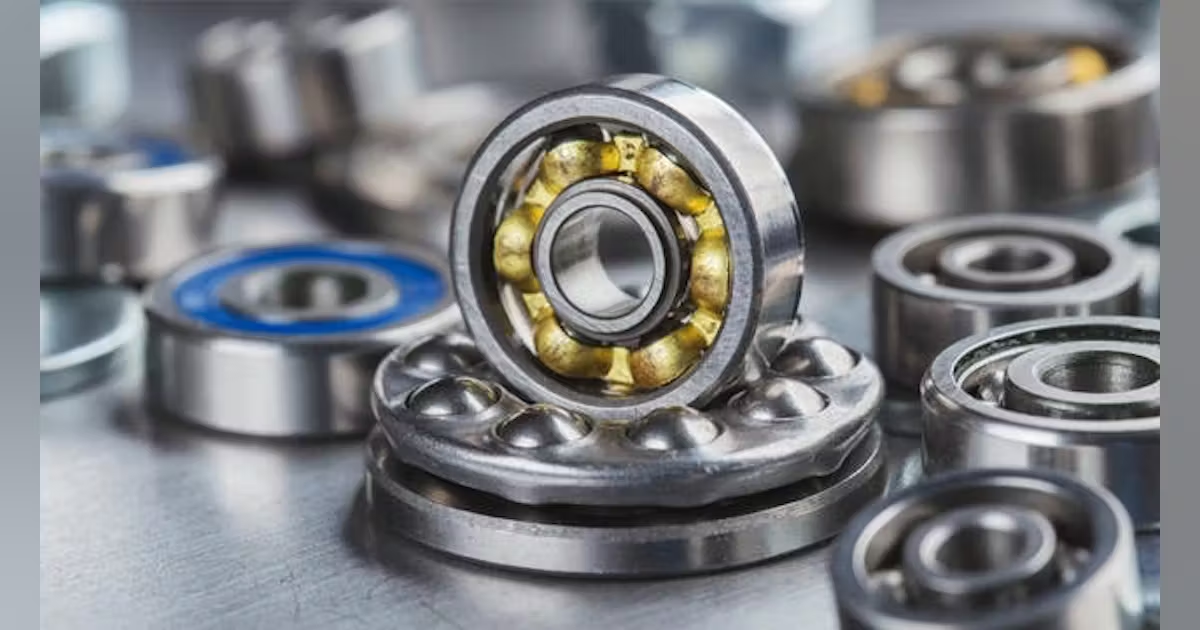When it comes to choosing a fan for home, industrial, or commercial use, one small component can make a big difference—the fan bearing. Whether you’re replacing a ceiling fan bearing or sourcing industrial-grade units, understanding fan bearing price is essential. This guide will walk you through everything from pricing factors to how to get the best value for your money.
What Is a Fan Bearing and Why It Matters
A fan bearing is a critical part of any fan motor assembly. It supports the rotating shaft and reduces friction, allowing the fan to run smoothly. Without a functioning bearing, fans become noisy, inefficient, and may even seize up. The bearing’s durability, material quality, and type (such as ball, sleeve, or roller) all affect its performance—and its price.
Average Fan Bearing Price in 2025
Fan bearing prices can vary widely depending on the application. Here’s a general breakdown:
| Type of Fan Bearing | Price Range (USD) |
|---|---|
| Small home fan bearing | $1 – $5 |
| Ceiling fan bearing | $3 – $10 |
| Pedestal/stand fan bearing | $5 – $12 |
| Industrial fan bearing | $10 – $80 |
| HVAC fan bearing | $20 – $100+ |
Note: Prices can fluctuate depending on the brand, quantity, and seller location.
Factors That Influence Fan Bearing Prices
1. Type of Bearing
Ball bearings generally cost more than sleeve bearings because they are more durable and produce less noise. Roller bearings, used in heavy-duty industrial fans, are the most expensive.
2. Material Composition
Bearings made from stainless steel, ceramic, or other corrosion-resistant materials are costlier but offer longer lifespan and reliability, especially in humid or high-heat environments.
3. Size and Load Capacity
Larger bearings designed to carry more weight or run at higher speeds naturally come with a higher price tag.
4. Brand and Manufacturer
Well-known brands such as SKF, NTN, NSK, and Timken often charge a premium for their reputation and product reliability. Generic brands may offer lower prices but may lack consistency.
5. Sealed vs. Open Bearings
Sealed bearings cost more due to their dust and moisture protection, making them ideal for use in dirty or wet environments.
Common Long-Tail Queries: Fan Bearing Price Based on Usage
Home Appliance Fans
Most bearings used in table or wall-mounted fans are economical and readily available. Prices range from $1 to $6, with ball bearings being slightly more expensive than sleeve types.
Industrial and HVAC Fans
Industrial fans and HVAC systems require bearings that can withstand continuous operation under harsh conditions. Prices typically fall between $30 and $100 or more, depending on the specifications.
Ceiling Fan Bearings
Ceiling fans often require specific-sized ball bearings. Prices vary from $3 to $10 for a single unit. A pair of matched bearings may be sold as a set for $5 to $15.
Where to Buy Fan Bearings in 2025
Online Marketplaces
- Amazon and eBay offer a wide variety of fan bearings for both consumers and professionals.
- Industrial sites like Grainger, RS Components, and IndiaMART are reliable for bulk or technical-grade bearings.
Local Hardware and Electronics Stores
In many countries, local stores can offer quick access and often bundle installation services.
Direct from Manufacturers
If you’re purchasing in bulk, going directly to the manufacturer (e.g., SKF, FAG, or local suppliers) can lead to cost savings and custom options.
How to Choose the Right Fan Bearing
- Check Compatibility: Refer to your fan’s model number and specs.
- Material Requirements: Choose corrosion-resistant bearings for outdoor or industrial use.
- Consider Noise Levels: Ball bearings are quieter and better for bedrooms or libraries.
- Look for Warranty or Replacement Terms: Quality bearings often come with a guarantee.
Tips to Save Money on Fan Bearings
- Buy in Packs: Many suppliers offer discounts for bulk purchases.
- Opt for Generic Brands (Carefully): Generic options can save money if you’re not running the fan 24/7.
- Use Comparison Tools Online: Platforms like AliExpress or IndiaMART let you compare multiple sellers side by side.
- Install It Yourself (If Safe): Save labor costs by installing bearings in home fans on your own, if you have the skills.
Real-World Example: Industrial Fan Bearing Procurement
A textile manufacturer in Gujarat reported saving 18% annually on maintenance costs by switching from imported to locally manufactured sealed roller bearings for their exhaust fans. While initial unit price dropped only slightly—from $48 to $42—the reduced downtime due to fewer bearing failures added up to significant long-term savings.
Conclusion:
Understanding fan bearing price is more than just knowing the cost—it’s about recognizing the value behind each component. Whether you’re shopping for a quick home repair or managing large-scale HVAC systems, selecting the right bearing ensures performance, safety, and longevity.
Also Read: https://cinsoft.net/guide/solar-emergency-light/
FAQ: Fan Bearing Price and Related Concerns
What is the cheapest fan bearing available?
Small sleeve bearings for table fans can cost as little as $1 to $2 each.
Do higher-priced fan bearings last longer?
Generally, yes. Bearings made with higher-quality materials and tighter manufacturing tolerances tend to last longer and perform more quietly.
Can I replace a fan bearing myself?
For home fans, yes—if you have basic tools and technical knowledge. For industrial fans, it’s best to hire a technician.
Why do some fan bearings cost over $100?
High-end or specialized bearings, such as those used in commercial HVAC systems or manufacturing plants, often come with higher performance ratings and longer warranties.

